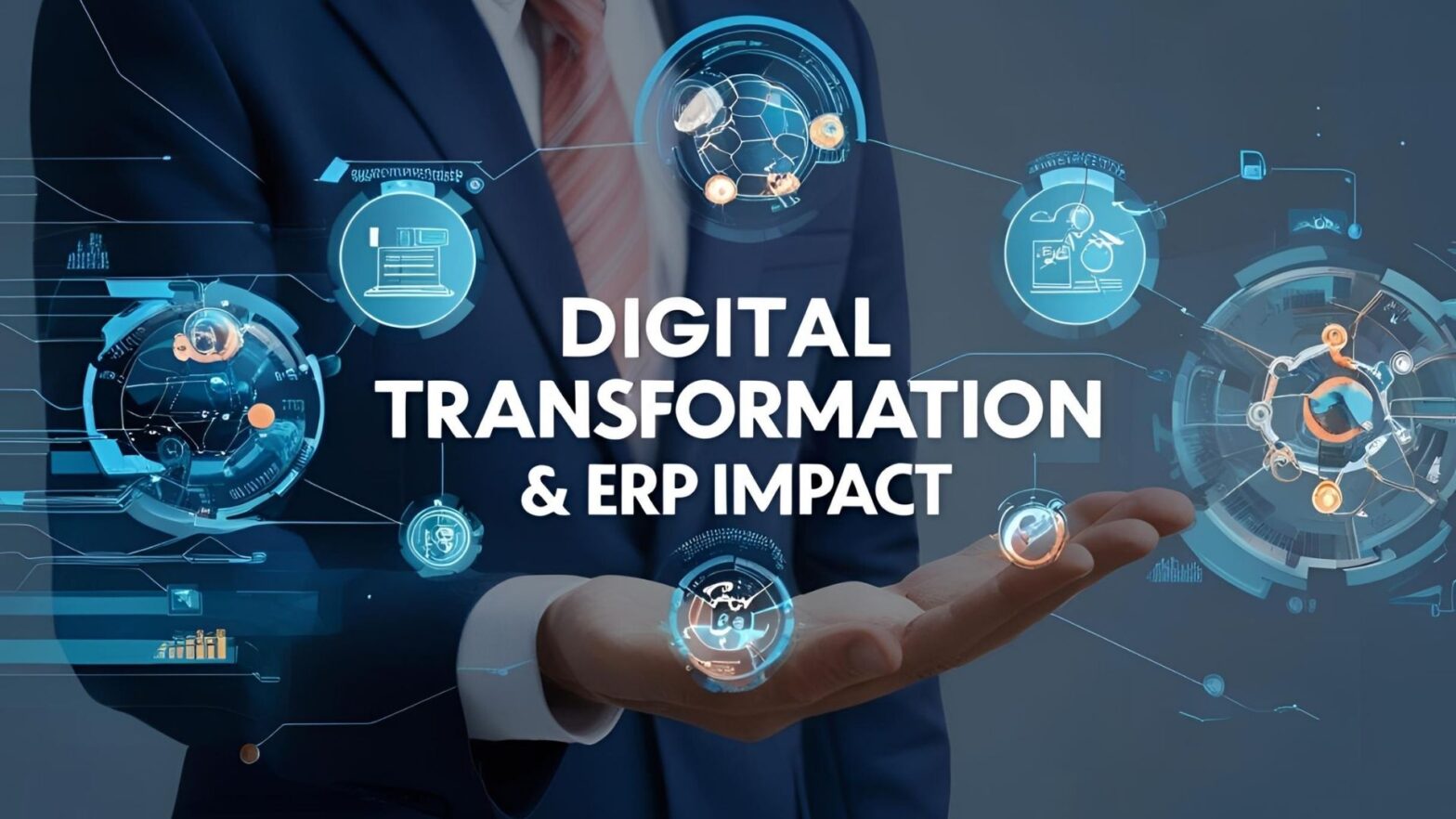Buyer’s Checklist for Sustainability Practices in Material Supply — Optimizing Warehouse & Inventory Management with ERP
Sustainability is no longer a nice-to-have — it’s a necessity. As the world shifts towards more eco-conscious practices, buyers and suppliers in the building materials industry are increasingly expected to adhere to sustainability standards.
Whether you’re sourcing raw materials, managing warehouse practices, or handling inventory logistics, embedding sustainability into your supply chain and inventory management is essential.
With the help of ERP software, sustainability practices become manageable, measurable, and more impactful. Here’s a checklist for buyers in the building materials sector to ensure sustainable practices are being integrated into your operations.
✅ Why Sustainability Matters in Material Supply
The building industry is responsible for a significant portion of global waste and carbon emissions, making it crucial for suppliers and contractors to shift towards sustainable material sourcing. Buyers must consider:
Environmental impact of raw materials
Waste management and resource efficiency
Supplier transparency regarding sourcing and sustainability initiatives
Implementing sustainability practices is not only ethically important, but it also drives long-term cost savings and compliance with increasingly stringent regulations.
🧰 Sustainability Practices to Look for in Material Supply: A Buyer’s Checklist
✅ 1. Prioritize Eco-Friendly Materials
What it is:
Choosing materials that are sustainably sourced, recyclable, or made from renewable resources.
Why it matters:
Eco-friendly materials help reduce the carbon footprint of a project, and they may also provide better long-term durability, requiring less maintenance and fewer replacements.
ERP Role:
Track materials based on eco-certifications (e.g., FSC-certified wood, recycled content)
Ensure supplier transparency about sourcing and environmental impact
Monitor sustainability claims to avoid greenwashing
🟢 Result: Make informed decisions about sourcing materials that align with environmental goals and green building certifications.
✅ 2. Measure and Reduce Material Waste
What it is:
Material waste is an inevitable part of construction, but minimizing waste should be a key priority.
Why it matters:
Reducing waste not only cuts costs but also helps minimize landfill waste, pollution, and resource depletion.
ERP Role:
Implement waste tracking in your ERP system to monitor leftover materials
Use smart inventory forecasting to reduce over-ordering
Analyze usage trends and optimize material consumption based on real-time data
🟢 Result: Efficient use of materials, reduced overstocking, and minimized waste disposal costs.
✅ 3. Ensure Transparent Supplier Sustainability Standards
What it is:
Choose suppliers that adopt sustainable practices such as ethical sourcing, reducing emissions, and using renewable energy.
Why it matters:
Vetting suppliers based on sustainability ensures that the entire supply chain aligns with your company’s environmental values.
ERP Role:
Store supplier sustainability certifications in the ERP for easy access
Monitor vendor compliance with sustainability initiatives
Track suppliers who meet eco-friendly standards for renewable energy, waste reduction, and carbon footprint measures
🟢 Result: Stronger supplier relationships, improved supply chain transparency, and increased compliance with green building standards.
✅ 4. Track Carbon Footprint and Energy Consumption
What it is:
Carbon footprint tracking involves measuring the environmental impact of transportation, production, and material sourcing.
Why it matters:
Carbon emissions have a direct impact on climate change, so understanding your carbon footprint helps reduce negative environmental impacts.
ERP Role:
Track emissions data for each product, considering transportation routes, material manufacturing, and energy use
Use data analytics in ERP to determine more sustainable sourcing options
Calculate carbon offsets and choose suppliers with lower emissions profiles
🟢 Result: Lower carbon emissions, better environmental reputation, and enhanced compliance with regulatory bodies.
✅ 5. Support Circular Economy Initiatives
What it is:
A circular economy focuses on reusing, refurbishing, and recycling products instead of discarding them after use.
Why it matters:
Moving towards a circular model reduces the reliance on virgin materials, conserves resources, and reduces overall environmental impact.
ERP Role:
Track recyclability and reusability of materials within your inventory
Collaborate with vendors offering recycled products or that operate within a circular supply chain
Create processes for product returns and recycling programs
🟢 Result: Reduced material waste, better resource management, and a long-term sustainable supply chain.
✅ 6. Ensure Proper Product Certification for Green Building
What it is:
Building materials must often meet green certification standards (e.g., LEED, BREEAM) to be used in environmentally certified buildings.
Why it matters:
Compliance with green building standards is a growing demand in the construction industry, and it aligns with the sustainable development goals of many businesses.
ERP Role:
Manage product certifications within the ERP system for easy verification (e.g., LEED, Green Seal, Energy Star)
Track material compliance with environmental standards and regulations
Automate product selection based on certification requirements for green building projects
🟢 Result: Better access to eco-friendly building markets, increased marketability, and compliance with sustainable building codes.
✅ 7. Implement Efficient Logistics to Reduce Emissions
What it is:
Sustainable logistics focuses on reducing fuel consumption, optimizing transport routes, and using eco-friendly vehicles.
Why it matters:
Transportation is one of the largest contributors to carbon emissions in the building material supply chain, and reducing emissions in logistics directly benefits sustainability.
ERP Role:
Optimize delivery routes using ERP’s logistics and routing features to reduce fuel consumption
Track delivery emissions based on vehicle type and distance
Integrate with third-party logistics providers using green transport methods (electric trucks, etc.)
🟢 Result: More sustainable logistics, reduced transportation costs, and lower carbon footprint.
✅ 8. Optimize Energy Use in Warehousing and Manufacturing
What it is:
Energy-efficient warehouses and manufacturing operations contribute to overall sustainability by reducing electricity consumption and shifting to renewable energy sources.
Why it matters:
Energy consumption is a key contributor to the environmental impact of warehouses, and optimizing energy use can significantly lower costs.
ERP Role:
Monitor energy consumption within the ERP system for warehouses and manufacturing plants
Track warehouse operations to ensure energy-efficient practices are followed (e.g., LED lighting, proper HVAC maintenance)
Report on energy-saving initiatives and integrate with green energy providers
🟢 Result: Reduced energy costs and a more eco-friendly operational setup


